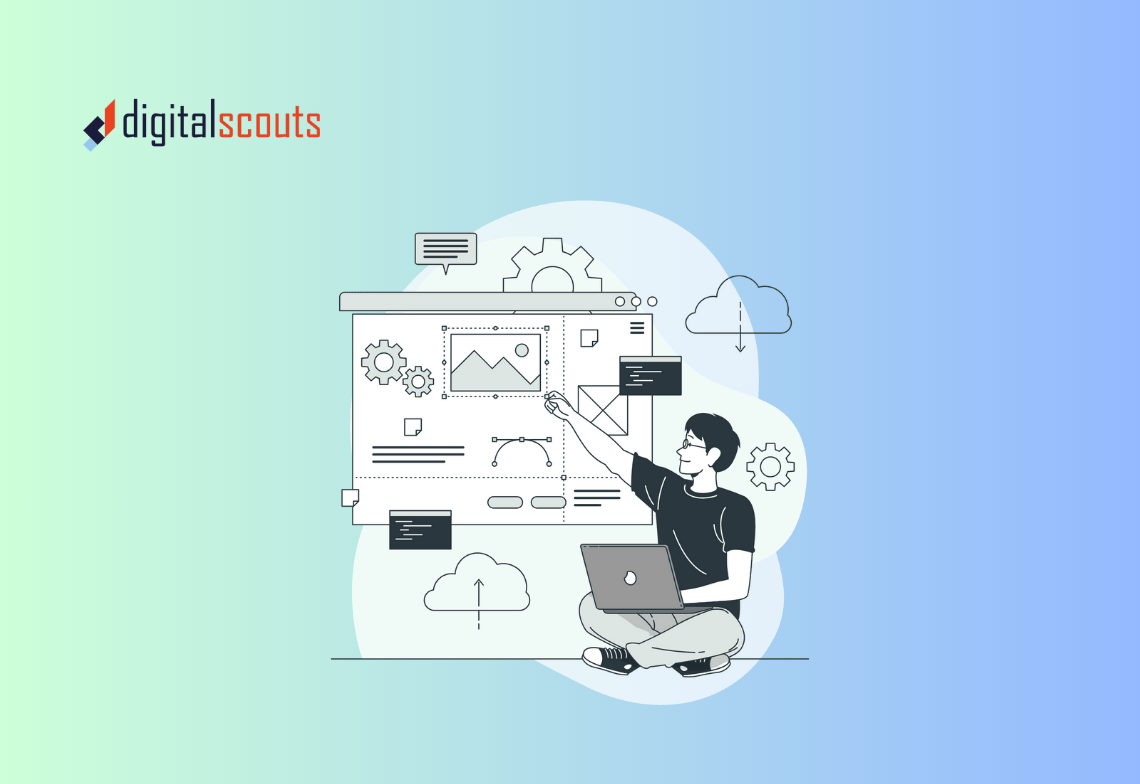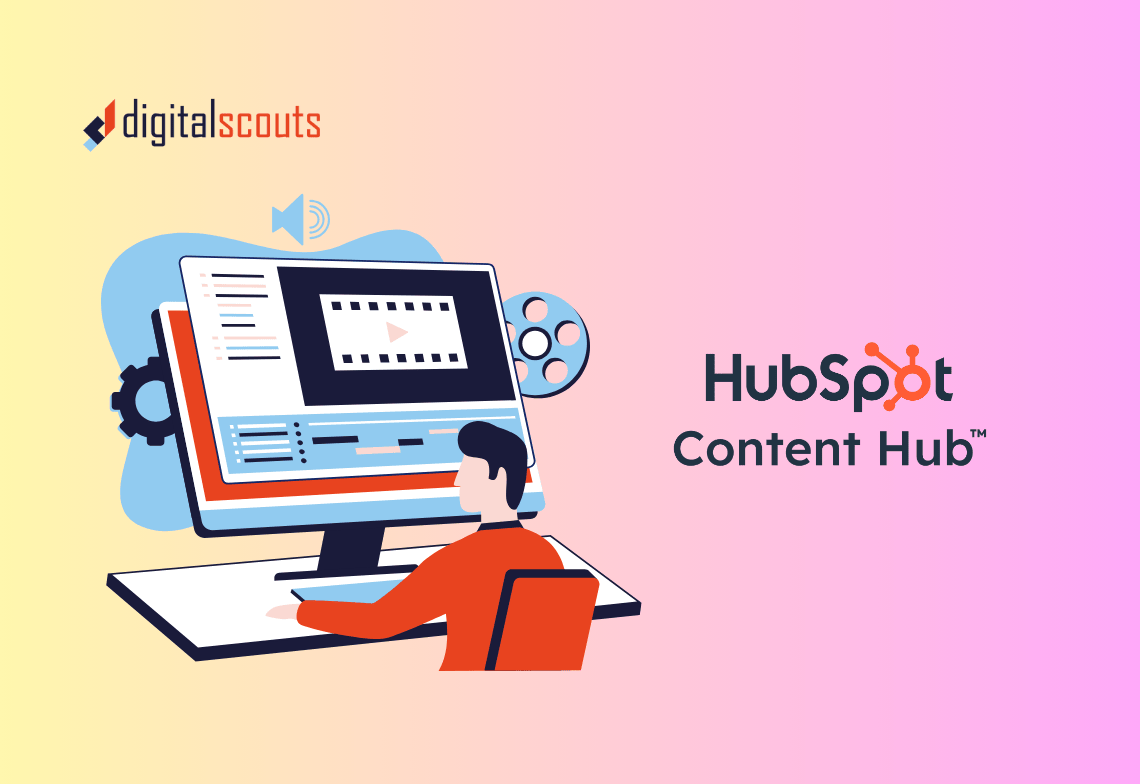In B2B marketing, traffic alone is not success. Pipeline is.
A landing page is where interest turns into action. It’s the point where a visitor decides whether to exchange attention for value — a template, a demo, or a consultation. When design, message, and offer align, conversion rates climb and sales teams feel the impact.
This guide lays out a data driven framework to design landing pages that convert. It covers structure, copy, and optimisation practices you can apply in HubSpot or any CMS to turn more visits into qualified leads.
Start with the offer, not the layout
The foundation of every high performing landing page is a strong offer. Design and copy cannot fix a weak reason to act.
Before writing a headline or choosing a template, answer three questions:
-
Who is the page for
-
What problem does it solve right now
-
What specific action do you want them to take
When the offer clearly solves an immediate need, the rest of the page becomes easier to optimise. The conversion rate is rarely a design problem — it is often an offer problem.
Create message match from click to page
A visitor decides whether to stay within seconds. The key is message consistency between your ad, email, or post and the landing page.
If the ad promises a calculator, the first line of the page should mention that calculator. If the LinkedIn post talks about HubSpot onboarding, the page headline should continue that thought. This alignment removes friction and builds trust.
Practical checkpoints:
-
Mirror your ad headline in the page headline
-
Repeat the same value proposition in the subhead
-
Use visuals or keywords from the referring source
Message match ensures every click feels intentional and relevant.
The anatomy of a high converting hero section
Above the fold is where most decisions happen. Your hero section must answer three questions fast — what is this, is it for me, what do I do next.
A strong hero includes:
-
A clear headline that names the offer and outcome
-
A short subhead that adds context or differentiation
-
A primary call to action with a value promise
-
A visual that shows the outcome, not a stock image
-
A light proof cue such as logos or a short stat
Remove unnecessary navigation. Keep the CTA visible without scrolling on both desktop and mobile.
Make forms effortless
Forms are where intent becomes a lead. The best form collects only what your team will actually use in the next step.
Optimise for simplicity:
-
Reduce fields to essentials
-
Use progressive profiling in HubSpot to collect more later
-
Add firmographic enrichment so you can shorten the form
-
Write value-based microcopy like “Get the guide” instead of “Submit”
-
Add a short reassurance line about privacy or data use
The form is not a gate — it is a handshake. Make it quick, relevant, and trustworthy.
Use proof where it matters
Visitors decide based on evidence. Proof can be client results, stats, or visible credibility markers.
Best practice:
-
Place a logo bar near the hero
-
Add a one-line testimonial near the form
-
Use quantified results such as “30 percent faster onboarding”
-
Include certifications or awards only if they influence your audience
Social proof validates the promise your page makes.
Write copy that guides and reassures
Great landing page copy is clear and conversational. It focuses on outcomes and removes uncertainty.
Keep these principles in mind:
-
Write for one persona and one goal
-
Replace feature statements with benefits
-
Address top three objections in an FAQ block
-
Use short paragraphs and simple sentences for readability
If the copy sounds like something you would actually say to a client, it’s probably right.
Design for clarity and action
Design supports comprehension. A good page layout guides the eye toward the next step without distraction.
Design principles:
-
Keep a visual hierarchy that leads to the CTA
-
Use strong contrast for buttons
-
Maintain ample white space and short line lengths
-
Optimise for mobile first
-
Target a page load time under two seconds
Run a quick device test before launch. Ensure the form and CTA are visible without scrolling.
Build for Answer Engine Optimisation
AI search and answer engines now summarise content for users. Structuring your landing pages for clarity helps both humans and AI understand your offer.
Structure for AEO:
-
Lead with a direct 40-word answer to the core question
-
Add FAQ schema and question-based headings
-
Use clear semantic markup in HubSpot CMS
-
Keep copy concise and factual for easier citation
This approach supports discoverability across both search engines and AI summaries.
Add personalisation that supports intent
Personalisation should shorten the buyer journey, not complicate it. HubSpot Smart Content modules can adapt copy or proof based on visitor data.
Examples:
-
Swap testimonials to match industry or company size
-
Change CTA language for returning visitors
-
Hide redundant form fields for known contacts
Every personalisation should reduce friction or improve relevance.
Test with purpose
A B testing works only when you have enough data. Decide what to test and how long to run it before starting.
Best practice:
-
Test one variable at a time such as headline or form length
-
Run the test for a full buying cycle to avoid bias
-
Calculate sample size before launching
-
Stop when you reach statistical confidence
Use HubSpot’s built-in A B testing tool for quick experiments and export results to Looker Studio for deeper trend analysis.
Measure what matters
Optimisation only matters when it impacts revenue. Track both conversion metrics and business outcomes.
Primary metrics:
-
Conversion rate by source and device
-
Sales qualified lead rate from the page
-
Cost per lead and cost per SQL
-
Pipeline value influenced by the page
Diagnostic metrics:
-
Bounce rate and scroll depth
-
Form field drop off
-
Page load speed and engagement time
Create a dashboard in HubSpot that links landing page data with CRM deal metrics. Review weekly during test cycles and monthly for ongoing optimisation.
Build a library of reusable modules
Efficiency comes from systemising what works. Use modular components to speed up future page builds.
Suggested library:
-
Hero section with headline, subhead, and CTA
-
Proof block with client logos
-
FAQ block with schema
-
Feature grid linking benefits to results
-
Two step form with progressive profiling
Lock in design standards for spacing, typography, and colours so editors focus on content and offer quality.
Common conversion pitfalls
Small issues create big drops in performance. Watch for these common problems:
-
Offers that don’t match user intent
-
Headlines that differ from ad copy
-
Forms with unnecessary fields
-
Navigation or external links that distract
-
Walls of text without visual hierarchy
-
Stock imagery with no connection to the offer
-
No automation after form submission
Run a quick pre-launch checklist before every campaign. Test every link, form, and confirmation flow.
Launch, learn, and iterate
The best landing pages are not perfect on day one. They evolve through data and feedback.
Suggested rollout plan:
Week one
-
Define the offer and audience
-
Draft copy and form microcopy
-
Build and publish in HubSpot
Weeks two and three
-
Launch with one traffic source
-
Monitor conversion and friction points
-
Fix technical or speed issues
Weeks four and five
-
Run your first A B test
-
Add or refine proof elements
-
Review lead quality with sales
By week six, you’ll have reliable performance data to guide next steps.
Bringing it all together
High converting B2B landing pages share three qualities.
They make a clear and valuable promise to a specific audience.
They make the next step easy to take.
They improve continuously based on data.
When marketing, design, and RevOps align, landing pages stop being campaigns and start being conversion assets that compound over time.
At Digitalscouts, we help B2B teams design and optimise landing pages that connect directly to pipeline. From offer development to HubSpot build and analytics setup, we ensure your pages convert higher and prove real business impact.
Ready to turn your landing pages into predictable pipeline?
Contact Digitalscouts to plan your next optimisation sprint.
Frequently Asked Questions
A high converting landing page combines a clear offer, message match, and proof. It removes friction between click and action by aligning design, copy, and intent. Each element should guide the visitor toward one specific next step supported by strong value and trust signals.
Review pages monthly for performance and run A/B tests each quarter on high traffic offers. Test one element at a time such as headline, CTA, or proof placement. Continuous testing and refinement turn landing pages into reliable conversion assets that compound over time.
About Author
Ashish is a B2B growth strategist who helps scaleups align marketing and sales through Account-Based Marketing (ABM), RevOps, and automation. At DigitalScouts, he builds scalable content engines, streamlines lead flows with HubSpot, and runs targeted GTM programs to drive predictable pipeline. He regularly shares insights on using AI and automation to power ABM and accelerate complex buyer journeys.

.png?width=960&height=640&name=Landing%20page%20that%20convert%20(1).png)






